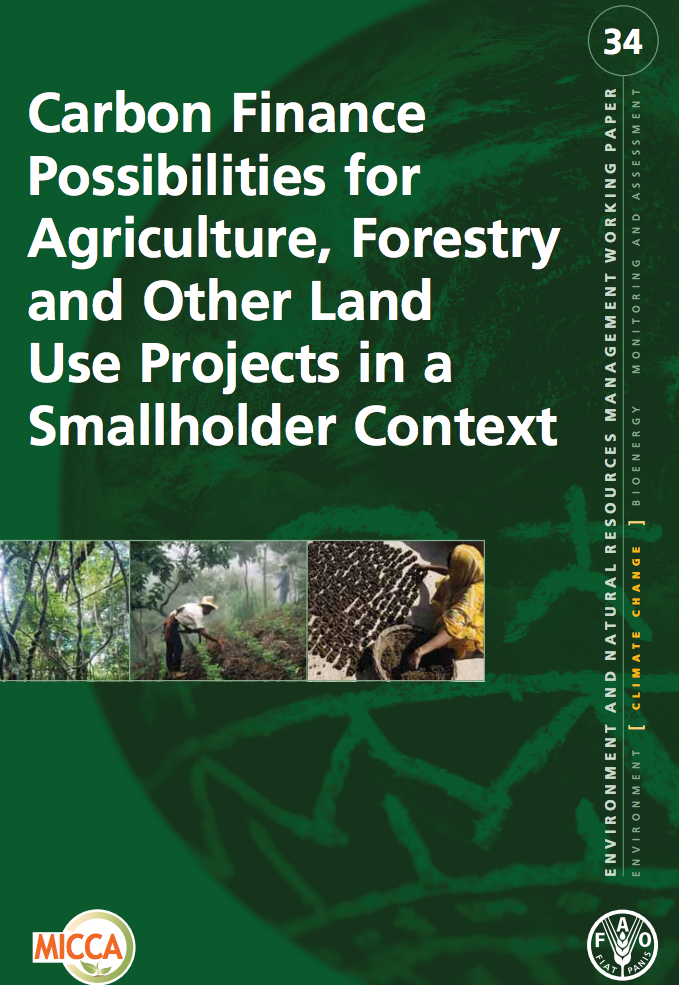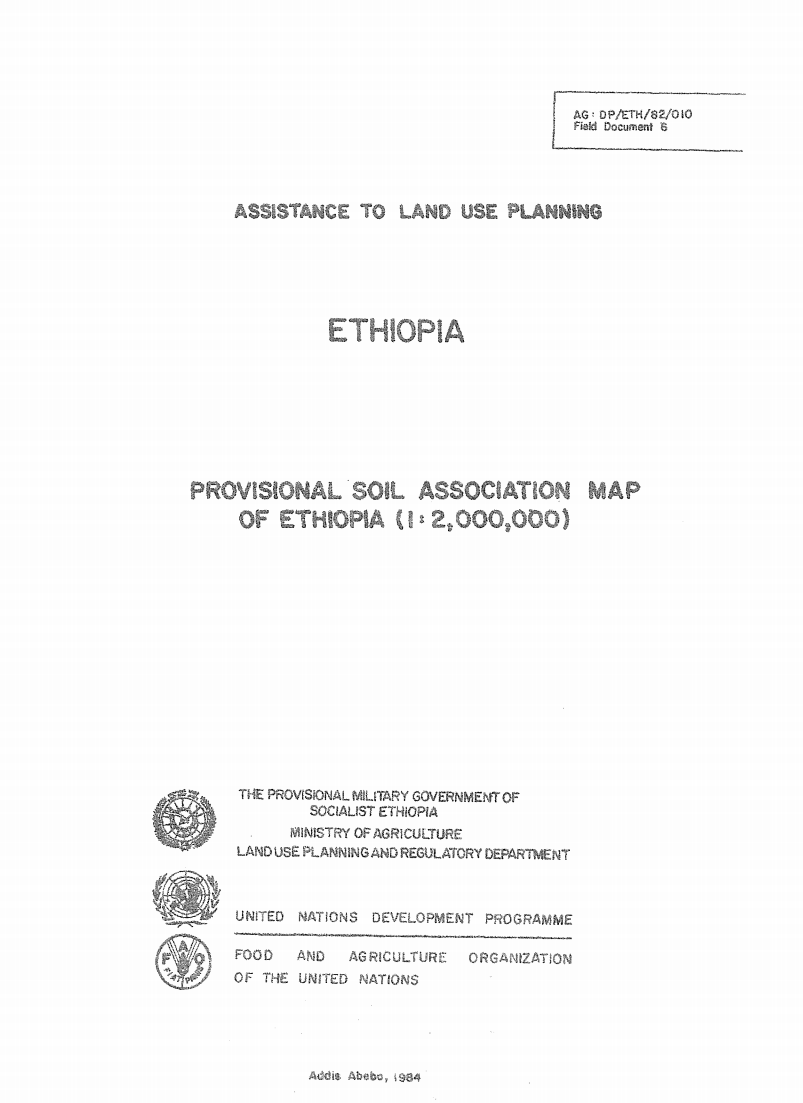Mapping Land Use Systems at global and regional scales for Land Degradation Assessment Analysis
The objective of the Land Degradation Assessment in Drylands (LADA) project was to develop tools and methods to assess and quantify the nature, extent, severity and impacts of land degradation on dryland ecosystems, watersheds and river basins, carbon storage and biological diversity at a range of spatial and temporal scales. This builds the national, regional and international capacity to




